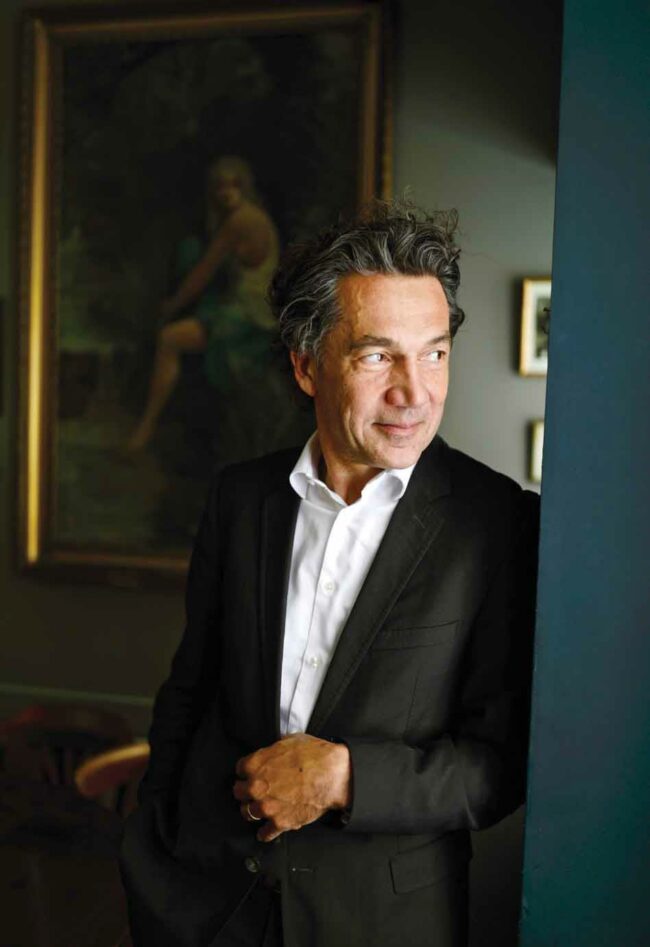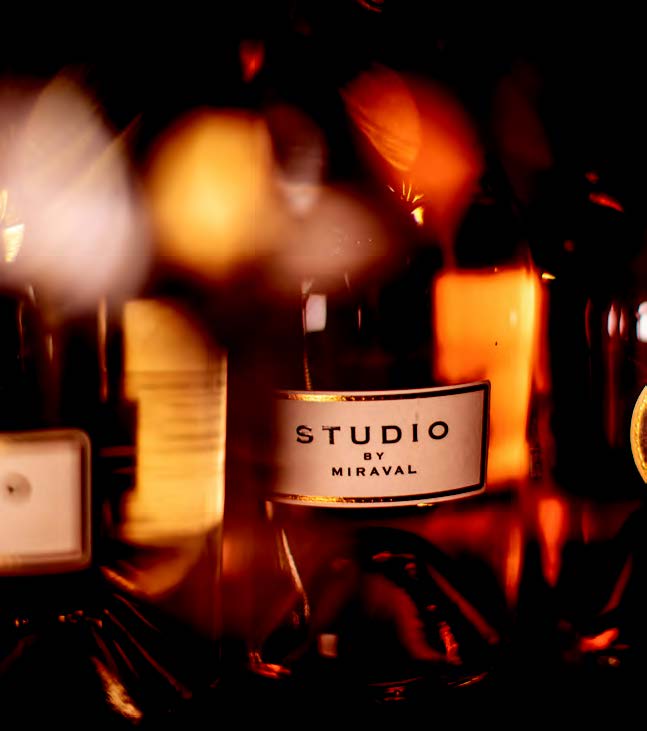The success of rosé de Provence in France and around the world owes nothing to chance. To get to the top of the hill, you need to tick the boxes of an ambitious roadmap.
🔓 Free access for all on our website.
1 STAY To imagine that Provence rosé wine has now reached an unsurpassable peak would be as pointless as not to have seen its flamboyant rise to the top in recent years. People rightly talk of a Champagne-style evolution of Provence rosé. We could also talk about an inclination towards luxury’product markets. One or the other of these comparisons suggests that the region is about to embark on a frantic race to evolve in all directions. Agronomy, grape varieties, oenology, but also style, market structure, brand creation and perhaps even wine definition – all of these changed enormously in Champagne over the last three decades, and they will change just as much in Provence.
2. BRILLIANT There was a time when writers systematically compared wine production to a long, tranquil river, merely disturbed by the rhythm of the seasons. However debatable this description may have always been, the fate of rosé wine in Provence since the beginning of this century is enough to demonstrate its contemporary inanity. To summarise. At the turn of the century, apart from a few exceptions, rosé was widely considered to be a second-rate wine, with no real hierarchy or well-defined signature, served in a variety of containers, from bag-in-boxes to carafes, on the terrace of a Mediterranean bistro or, more likely, at the (folding) table at a campsite dinner. When, a few years later, Sacha Lichine launched Garrus, his “most expensive rosé in the world”, the self-proclaimed wine aesthetes thought him crazy. When the Matton family introduced their various versions of Minuty to all the tables on the Côte d’Azur, and then a few years later to all the rooftops and other spots in the French capital, the same people treated this impressive success with disdainful silence. Soon it was Brangelina, now Brad Pitt himself, in association with the brilliant Perrin family (the Beaucastel family), who, with Miraval, launched the beautiful people’s interest in rosé wine, an interest that has continued unabated ever since. Less than twenty years after the start of this pink revolution, the arrival of LVMH (with the total or partial acquisitions of Galoupet, Esclans/Whispering Angel and Minuty) and, to a lesser extent, Pernod Ricard (Sainte-Marguerite) heralded the start of a new era.
3. DARE The real revolution in rosé wine has been the move from a wine inspired by red to one inspired by white. The pale – or more often, very, very pale – colour of today’s rosés was born in the 1990s when Régine Sumeire, at her Château Barbeyrolles on the Saint-Tropez peninsula, developed her Pétale de Rose, with its effectively pale colour and supple, aromatic personality. At the time, this type of wine was quite unusual. But it has come a long way, with the gradual but real refinement of direct pressing techniques and the no less spectacular improvement in vinification, which for a long time was marked by amylic tastes (the famous nail varnish nose) and then “thiolated” tastes (the no less famous grapefruit notes). Today’s rosé has a clear white structure. With little or no tannin, integrated acidity and a diverse, original range of aromas. The Champenois have long understood that blending white wine with a little aromatic red was the best way to create this type of profile. In Provence, as in all the still wine AOCs, the practice, known by the infamous term “vin de coupage”, is forbidden. But we’ll have to think about it some day.
4. CONVINCING What has built the success of rosé in France, then in America, then perhaps worldwide, has been its ability to break free from traditional wine codes. Salvador Dali once said, “Those who know how to taste will never drink wine again, but they will taste secrets”. The secrets and, above all, the pleasures of rosé are there for all to see, including, and perhaps especially, those who don’t claim to know how to taste. All that remains is to bring together the world of oenophiles and that of fashion addicts, as Champagne has done.
5 KNOWLEDGE One of the keys to the continued success of this Rose Revolution is undoubtedly a deepening of its range of terroirs. Just as Champagne has rediscovered its crus to regain its status as the undisputed champion of sparkling wines, just as Beaujolais is clinging to its villages to revive a long-standing stagnation, Provence must not forget to make the most of its formidable diversity of soils, geology, climatic influences, exposure, sites and landscapes, and biodiversity. It’s these assets, built up over thousands of years of history, that will enable this sudden pink revolution to take root in the long adventure of wine.
























